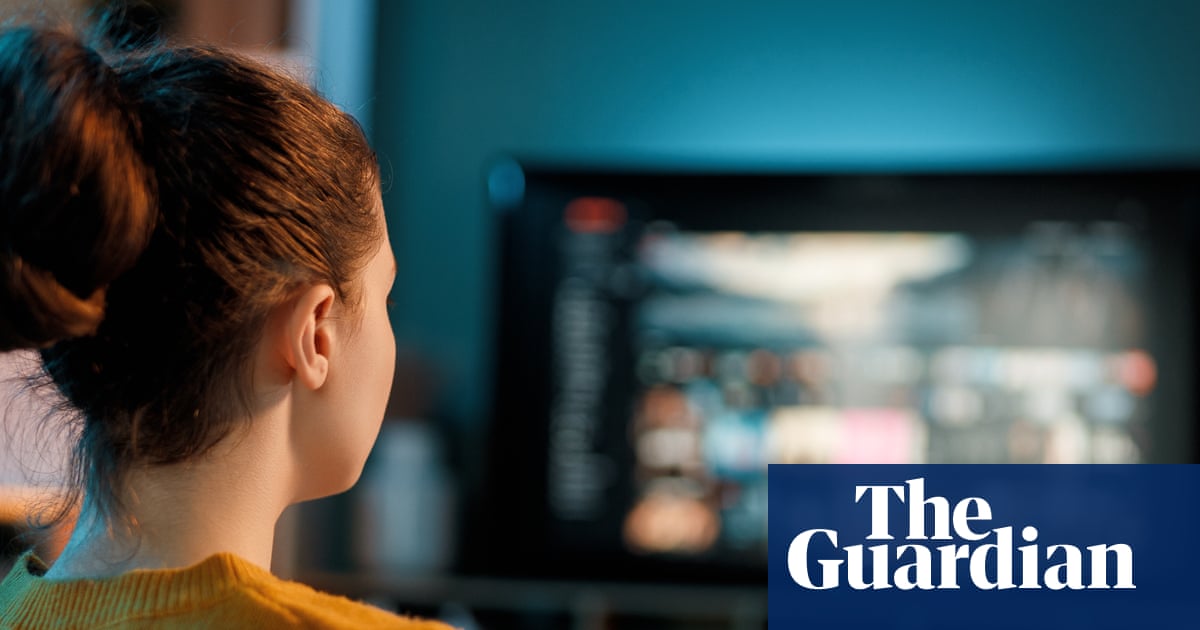A former state archaeologist looks back on the preservation of effigy mounds in Wisconsin. We also hear hear about schools reporting a greater need for speech and language support for young students. Plus, a new
Blog
-

FolderFort Drops Price on 2TB Pro Plan to $99.97
If you’re on a tight budget but need significant cloud capacity, we’ve got good news. We’ve seen FolderFort’s 2TB Cloud Storage Pro listed for $749 in the past, and right now it’s on sale for roughly an 87% discount at just $99.97,…
Continue Reading
-

This school banned phones. Remarkable things happened.
The cafeteria at Ballard High School during lunch is a loud place. Students are talking and laughing, playing card games and going out to the courtyard for an informal recess. On Fridays, students have started playing bingo.
It’s a big change…
Continue Reading
-

HUNTR/X, Chappell Roan, Charlie Puth and more join biggest “New Year’s Rockin’ Eve” ever
“Dick Clark’s New Year’s Rockin’ Eve with Ryan Seacrest” will be bigger than ever this year with the largest concert lineup in the show’s history!
Just before Ryan Seacrest counts down to midnight on ABC, Diana Ross will take the stage as the…
Continue Reading
-

The Family Stone Band, Joelle James highlight Sunday’s gameday entertainment
The Family Stone Band will take the stage at Allegiant Stadium for halftime when the Las Vegas Raiders host the New York Giants.
Honoring the legacy of Sly Stone, Sunday’s performance will feature The Family Stone Band with original…
Continue Reading
-

Why we get hooked on rubbish TV series | Television
Imogen West-Knights’ TV viewing habits are more common than many realise (I hate this TV series I’m binge-watching, yet I’m on track to complete all 177 episodes. Why am I doing it?, 15 December). Media is consumed like any other product,…
Continue Reading
-

Shoppers shun UK high streets despite lure of Boxing Day sales | Retail industry
Fewer shoppers have headed to UK high streets in search of Boxing Day bargains, with central London suffering a significant decline in visitors as many decided to shun the traditional start of the sales.
Footfall at the country’s high streets and shopping centres fell on Friday morning, running slightly behind last year, according to figures from the monitoring company MRI Software. Across all UK retail destinations footfall slipped by 0.3%.
Following on from a decline in Boxing Day activity in 2024, there were 2.4% fewer visitors on Britain’s high streets than on 26 December last year, while there was a 2.6% slide in the number of people going to shopping centres.
However, retail parks bucked the trend and experienced a 6.9% increase in the number of visitors on Boxing Day morning. Retail parks, which are mostly in out-of-town locations, accessible by car and often offering free parking, have become more popular with shoppers in recent years thanks to their convenience.
Boxing Day shoppers in Liverpool. Photograph: Peter Byrne/PA The rise in shoppers deciding to visit retail parks could be seen as an “encouraging start to Boxing Day”, said Jenni Matthews, the marketing and insights director at MRI.
“This suggests that shoppers may well be coming out earlier than expected to grab those bargains; brush off the festive cobwebs,” she added.
Colder temperatures may have put off some would-be shoppers from travelling far from home. Central London recorded a 7.7% fall in the number of visitors compared with a year earlier, a much larger decline than the 3.4% fall recorded in other cities.
By contrast, there was a near 4% increase in visitor numbers in outer London, and there was a 10% rise in footfall in coastal towns, as consumers hoped to combine a visit to the shops with a day out.
The traditional Boxing Day start to the post-Christmas sales has increasingly shifted online in recent years, giving consumers the opportunity to secure some deals from the comfort of the sofa as early as Christmas Day itself. Large fashion and homeware retailers including Marks & Spencer and Next are now offering discounts of up to 50% online, while reductions will only be available in stores from Saturday.
Despite this, groups of shoppers travelled to Manchester’s Trafford Centre indoor mall, where some outlets opened their doors as early as 7.30am.
Queues gathered outside the Selfridges department store before opening, which was offering reductions of up to 50%, as was the cosmetics retailer Lush.
In the run-up to the big day, retailers had been hoping for a late rush to buy presents, given that Christmas Day fell on a Thursday this year, anticipating that shoppers would hunt out last-minute items at the start of the week.
However, there were signs that some consumers held back on purchases. Mild weather during the autumn and the start of winter for much of the country resulted in fewer people adding jumpers, coats or boots to their baskets, according to Clive Black, the head of consumer research at Shore Capital.
Many large fashion retailers – including Next and John Lewis – launched their reductions before Christmas, while others including New Look and Sports Direct were advertising discounts of up to 70%.
Retailers have faced a tough year of trading in 2025, with many consumers reining in their spending at a time when energy and grocery bills remain high. Uncertainty in the run-up to Rachel Reeve’s budget in late November over possible tax rises hit consumer confidence at the start of the crucial pre-Christmas trading period.
However, the average shopper is expected to spend £17 more on the end-of-year sales compared with last year, according to figures from the lender Barclays, taking the average budget to £253, up from £236 in 2024. However, it predicts that fewer consumers will take part amid cost of living pressures.
Consumers around the UK were expected to spend £3.6bn in the Boxing Day sales, as more sales shoppers use AI and other tools to help them locate the best deals. That figure was £1bn lower than was estimated for Boxing Day 2024.
Continue Reading
-

HUNTR/X, Chappell Roan, Charlie Puth and more join biggest “New Year’s Rockin’ Eve” ever
“Dick Clark’s New Year’s Rockin’ Eve with Ryan Seacrest” will be bigger than ever this year with the largest concert lineup in the show’s history!
Just before Ryan Seacrest counts down to midnight on ABC, Diana Ross will take the stage as the…
Continue Reading
-

Halley’s Comet, Great Conjunctions, And A Nail-Biting Close Approach: Astronomical Events To Look Forward To This Century
There’s an annual tradition of popular science articles looking forward to astronomical events to watch for in the coming year. There’s always at least one, and sometimes several, eclipses that might be worth traveling to, some meteor showers…
Continue Reading

